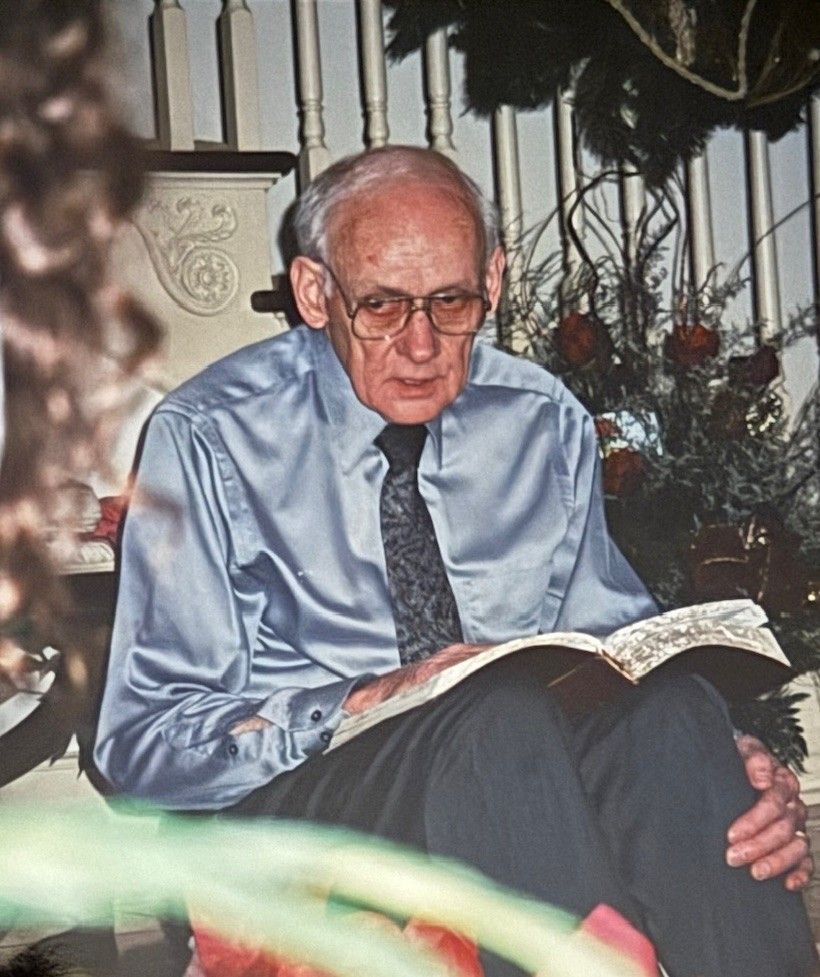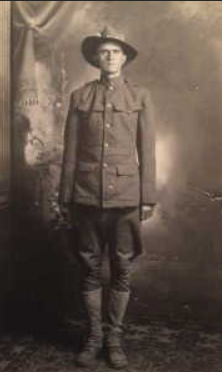Out of curiosity, I consulted Merriam-Webster (via my good friend Google) regarding the definition of the word “monument”. Of course, when I hear the word, I think of something that marks the final resting place of an individual or a couple or, in some instances, entire families. But in my search for knowledge, I found a few other meanings. For example, the very first definition Webster listed was one it labeled as obsolete . . . as in no longer in use . . . and that was “a burial vault” or a “sepulchre” (which is exactly how Webster spelled it—a spelling of which Word does not approve). The second definition offered was “a written legal document or record” as in a “treatise”. But the third entry caused me to pause, and then ponder . . .
“A lasting evidence, reminder, or example of someone or something notable or great.”
Kindly read that again, and while you do, pay close attention to its meaning. “A lasting (something that does not end) evidence, reminder, or example (something that will not let us forget) of someone or something notable or great (someone or something worthy of our honor and remembrance).
At the 11th hour of the 11th day of the 11th month of 1918, The Great War—the first truly global conflict that left over 9 million members of the military dead, 23 million wounded, and over 8 million deaths among civilians—ended. One year later, President Woodrow Wilson declared November 11th Armistice Day. In his message to the country, Wilson stated “To us in America the reflections of Armistice Day will be filled with solemn pride in the heroism of those who died in the country's service, and with gratitude for the victory, both because of the thing from which it has freed us and because of the opportunity it has given America to show her sympathy with peace and justice in the councils of nations.”
But in 1945 Raymond Weeks, a World War II veteran, decided Armistice Day should focus on more than those who died during World War I; it should honor all those who sacrificed in order to serve their country. He led the first such celebration in Alabama in 1947 and continued to do so until his death in 1985. His efforts led Ronald Reagan to honor him with the Presidential Citizenship Medal and Elizabeth Dole to bestow upon him the title “Father of Veterans Day” in the documentation she prepared for Reagan’s presentation.
The word “Armistice” was replaced with the word “Veterans” by Congress in 1954 and the federal holiday continued to be celebrated on November 11th until 1971 when Congress again made a significant change to the holiday, moving it to the fourth Monday in October in order to form one of four three-day weekends. That decision was reversed in 1978 when the holiday returned to November 11th. Our leaders finally understood the meaning attached to the original date—the date which marked the end of one of the world’s deadliest conflicts—made it far too important to change just to create a mini-vacation.
This day . . . November 11th . . . Veterans Day . . . is a monument to all those who have served in our armed forces. To all those who have sacrificed years of their lives—and often their mental, physical, and emotional well-being—to protect the freedoms we continue to enjoy. We owe them a tremendous debt, and the expression of our gratitude shouldn’t be limited to just one day a year.
About the author: Lisa Shackelford Thomas is a fourth-generation member of a family that’s been in funeral service since 1926 and has worked with Shackelford Funeral Directors in Savannah, Tennessee for over 45 years. Any opinions expressed here are hers and hers alone and may or may not reflect the opinions of other Shackelford family members or staff.













